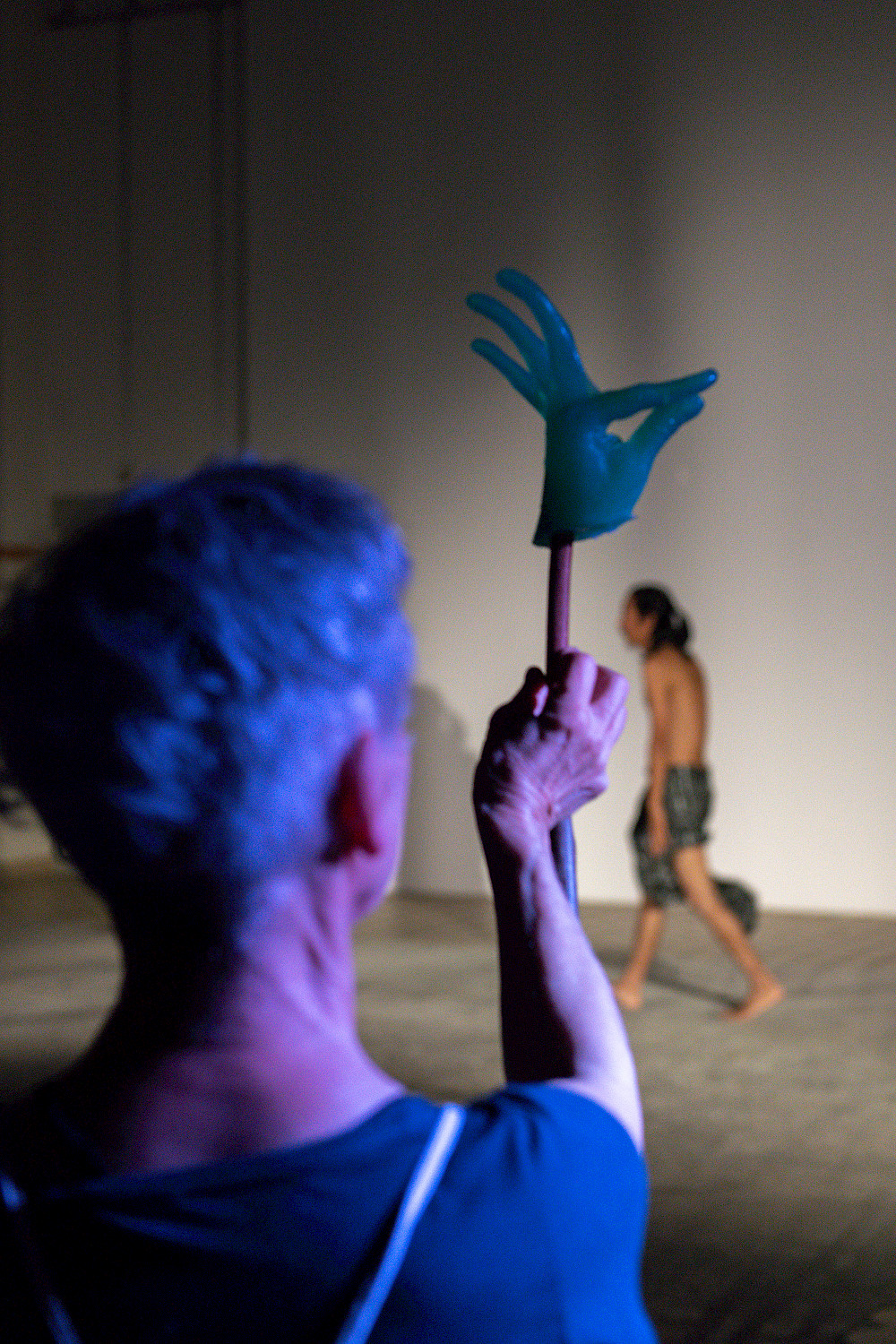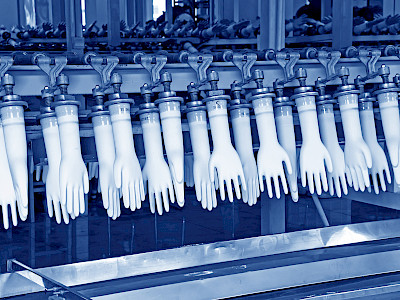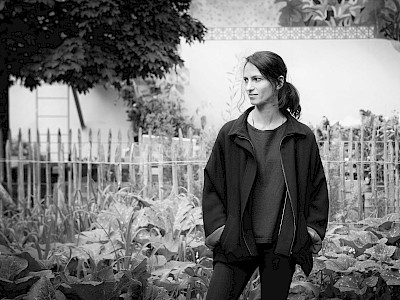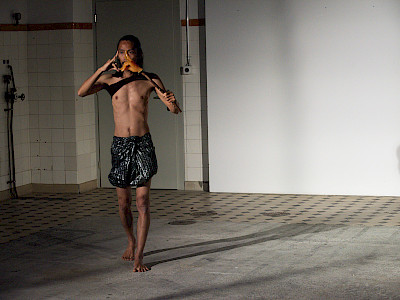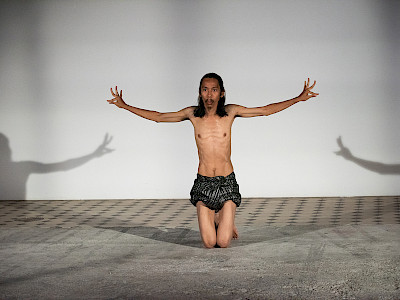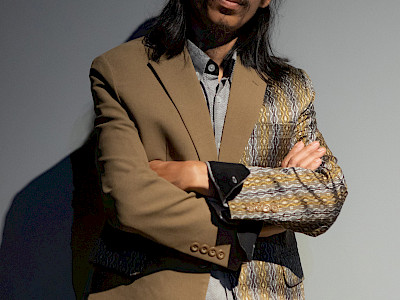18 — 21.05.2024
Begüm Erciyas Brussels-Berlin, Moe Satt Yangon-Amsterdam
Hands Made + Nothing But Fingers
performance / dance — premiere
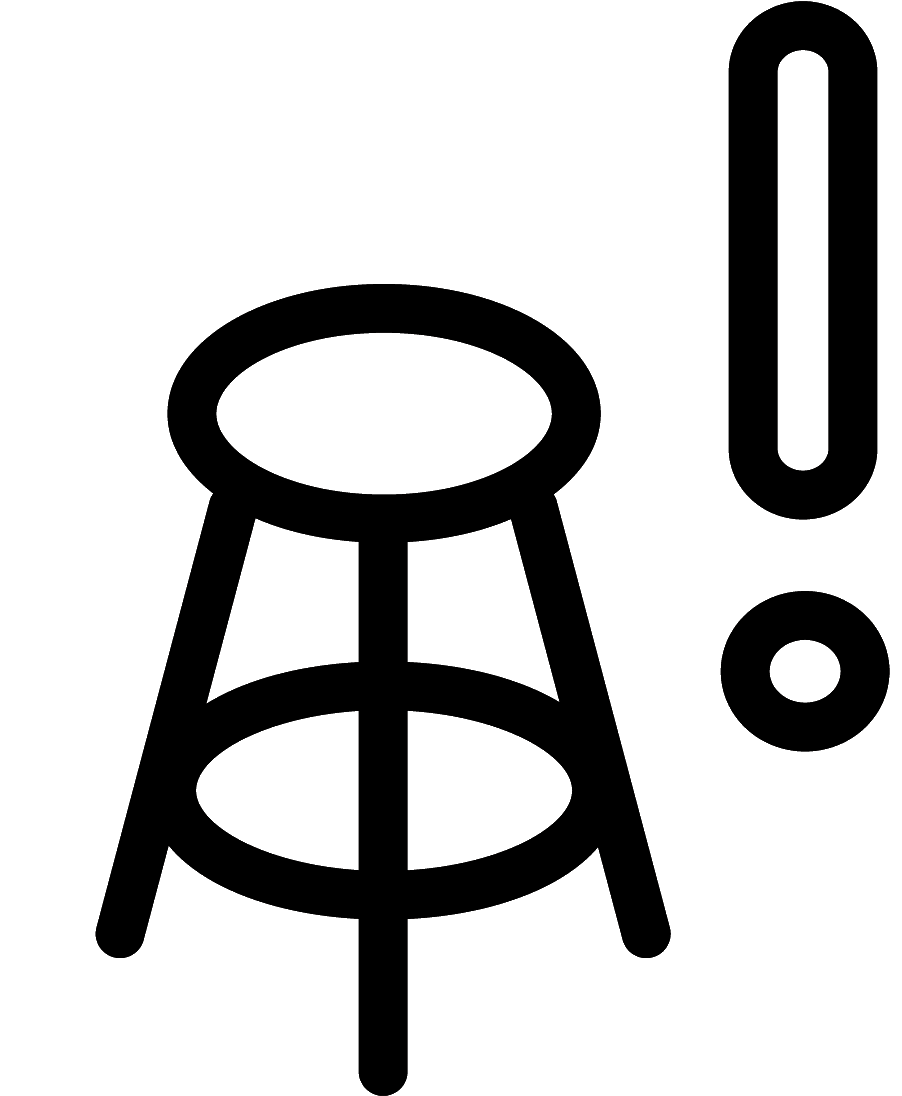 | Dutch, French, English | ⧖ 1h30 | €20 / €16 | Indoor & outdoor
| Dutch, French, English | ⧖ 1h30 | €20 / €16 | Indoor & outdoor
In this double bill, we are asked to rethink the relationship with our hands and reflect on their role in the present, past and future.
By touching, we create relationships of proximity while distancing ourselves from the rest of our surroundings. But our touch is increasingly mediated by technologies that change how we experience ourselves and others. In Begüm Erciyas’ performance Hands Made, the hands of the audience will take centre stage. Accompanied by a soundtrack, spectators are asked to observe their hand and that of their neighbour, creating an effect of intimacy and alienation. Separated from the rest of the body, our hands become the focus of a reflection on handwork and touch. What have these hands been busy with? Who or what will they touch in the future?
Nothing But Fingers is the other half of this double bill, a performance by visual artist Moe Satt. He became fascinated by the role of hand gestures in South African hunting communication as well as traditional dance in Myanmar and Southeast Asia, where human gestures can take animal forms. With dancer Liah Frank, he explores the expressive potential of hands and their ability to direct energy flows in the body, an extraordinary choreography in which the hands dictate the rest of the body until the final surrender.
Hands Made
In Hands Made, the visitors’ own hands take center-stage. Separated from the rest of the body, yet in intimate proximity to each other, they will be the focal point of a speculation on the past and future of hands, of handwork, and of the sense of touch. What have these hands been busy with and what will they do in the future? Who or what will they touch?
In his Treatise of Sensation (1754), Étienne Bonnot de Condil- lac argues that touch is the foundational sense upon which all other senses and perceptions are built. According to the French philosopher, at birth, humans possess only the sense of touch, and all subsequent sensory experiences are derived from it. Through touch, individuals develop awareness of themselves and their surroundings, forming the basis for understanding concepts like space, quantity, and movement.
To substantiate his argument, Condillac sets up a thought experiment: imagine a statue that comes to life and experiences the world for the first time. One by one, it unlocks its senses: smell, taste, hearing, and seeing. It is only when the statue would acquire the sense of touch, however, that it would be able to really enter into a relation with its surrounding. By touching other things, the “statue” would not only acquire an awareness of its surroundings but also get a sense of its own shape and density. In doing so, touch provides the raw material from which the statue could construct perceptions, ultimately shaping human cognition and knowledge.
Similarly, the French phenomenologist Maurice Merleau-Ponty describes touch as a fundamental aspect of human experience. Rather than making a hierarchy of the senses, Merleau-Ponty draws attention to the intricate interconnection between perception and touching. Touch is not merely a physical sensation but a mode of relating to the world that is inseparable from our bodily presence and situatedness. Touch, for Merleau-Ponty, is a dynamic process through which we establish our being-in-the-world, forging intimate connections between ourselves and the environment, thereby illuminating the embodied nature of our existence.
To illustrate his phenomenological insights into perception and embodiment, Merleau-Ponty sets up another thought experiment: two hands touching each other. When one hand touches the other, there is an inherent ambiguity 8 and reciprocity in the experience. The hand that touches is simultaneously touched, blurring the boundary between subject and object, self and other. This intimate interaction reveals the intertwining of perception and action, as the touching hand not only feels the texture and contours of the other hand but also feels itself being felt. This mutual touching exemplifies the embodied nature of consciousness, where our experiences are always situated within and mediated by our bodily presence.
- Jonas Rutgeerts, April 2024
Jonas Rutgeerts is a dance researcher and dramaturge based in Belgium. He has been affiliated as a postdoctoral researcher at the Faculty of Arts (KU Leuven) since 2019.
Nothing But Fingers
Even if I say it’s urban, it’s truly
Like a deep forest/
I’m not sure myself
How to transform into hunter and prey/
The loser will fall from the hunting-dance stage
If you have the strength to hunt, you’ll be rewarded/
Like an elephant, like a deer among people
Be a tiger and survive/
You were born to bear pain in your hooves...
From the song Hunting Dance by Lay Phyu [adapted from Burmese]
Nothing But Fingers is a research project exploring the relationship between humans and animals. I originally began working with hand gestures and movements in 2005. My interest in representing animals only by hand gestures is related to my university studies in zoology at East Yangon University, where I received a BSc. In a way, Nothing But Fingers is a metaphor, or a trace, of what I experienced in that context.
The initial idea was inspired by the Myanmar rock song Hunting Dance. I considered the two words of the title as two separate entities, “hunting” and “dancing” and based my work on two books: the first one was about the hunting culture in Africa from the Stone Age to the present, the other was about dance in Myanmar. Hunters use hand signals to let each other know which animal they have sighted while traditional dance in Myanmar also features a lot of animal representations. As both cultures incorporate the same animal figures, I selected the hand gestures that were similar in the two books, and recreated the animals by enacting the gestures with my own hands. I took a picture of each of these, edited the photographs, and assembled them into a photo montage. This was exhibited at Lokanat Galleries in Yangon in 2006. During COVID times I decided to revisit my early works and recovered the photo print of Hunting & Dancing. I transformed the 2D work into 3D by casting those hand gestures, making them into sculptures and collaborated with a traditional dancer to shoot a performance video, featuring the sculptures.
Since 2022, I’ve been an artist-in-residence at the Rijksakademie in Amsterdam, where I started a collaboration with the dancer Liah Frank. We created a performance titled Nothing But Fingers, based on the previous steps of Hunting & Dancing and the footage I made in Myanmar. Liah and I chose nine gestures each – some of them were the same and some were different – to compose Nothing But Fingers as an intertwining of solo pieces. The dance is delicate and graceful, while the sound is merely made by the whistling of our bodies in motion, making Nothing But Fingers a meditative piece which generates soft and strong representations only through the transformation of fingers.
- Moe Satt, April 2024
Presentation: Kunstenfestivaldesarts, De Kriekelaar
Hands Made
Concept and direction: Begüm Erciyas | Artistic collaboration: Jean-Baptiste Veyret-Logerias, Lieven Dousselaere, Matthias Meppelink | Sound design: Lieven Dousselaere, Matthias Meppelink | Scenography: Élodie Dauguet | Dramaturgy: Jonas Rutgeerts | Voices: Britt Hatzius (EN), Rosie Sommers (NL), Jean-Baptiste Veyret-Logerias (FR) | Production management: Maru Mushtrieva | Set realization: Studio Zuidervaart | Special thanks to: Gaëtan Bulourde, Robert Ochshorn
Production: Outline | Distribution: Something Great | Co-production: Kunstenfestivaldesarts, DeSingel, Tangente St.Pölten Festival für Gegenwartskunst, PACT Zollverein, SPRING Performing Arts Festival
Residencies: Kunstenwerkplaats KWP, Tokyo Arts and Space, La Ménagerie de Verre, Kunstencentrum BUDA
Supported by Flanders State of the Art and the Tanzpraxis stipend of the Senate Department for Culture
Performances in Brussels with the support of the Goethe-Institut Brussels
Nothing But Fingers
Performance: Moe Satt, Liah Frank
Production: Studio Moe Satt
